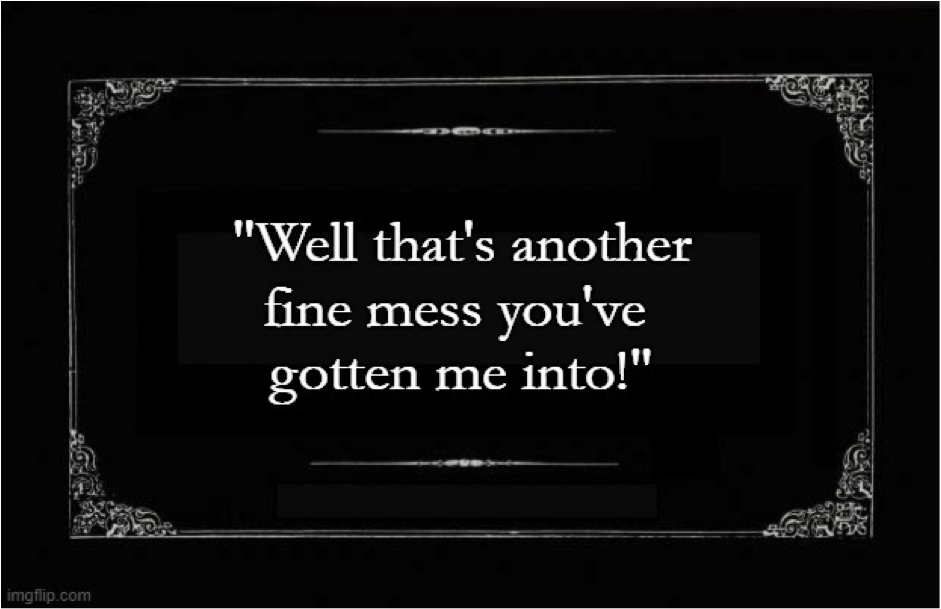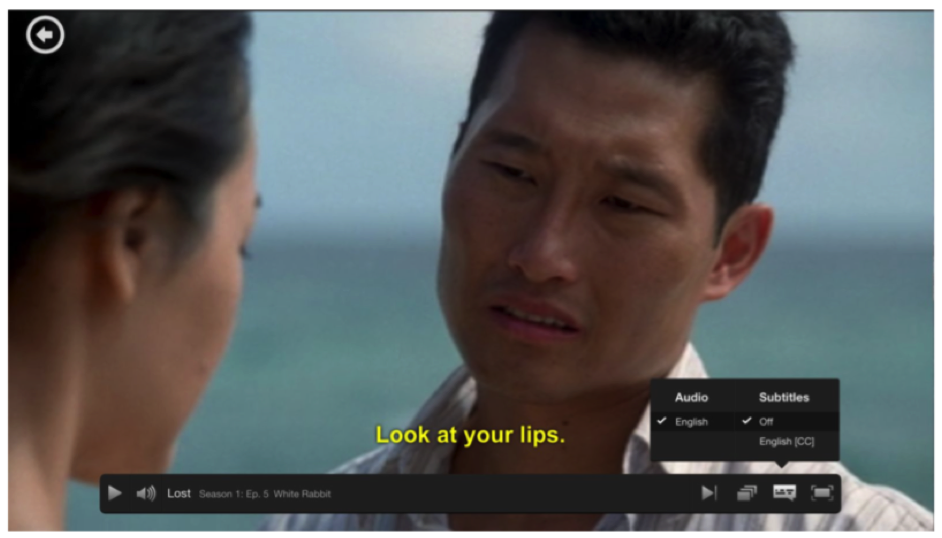What’s the difference between closed captions and subtitles?
To most people, subtitles and closed captions are interchangeable, but there are surprising differences between the two, and those differences are important.
Knowing which ones to use and when can make a big difference to your final video or movie, so if you thought the two terms were synonymous, then this post is for you!
Subtitles
We’ve all seen subtitles at the bottom of the screen during a movie or TV show, in fact, they’ve been around in movies… well, since movies began.
The lines of dialogue in old silent movies that appear on screen could be considered subtitles, letting the audience know what’s being said by the characters and where the story is headed.
Modern subtitles are just the same – they give the viewer the lines of dialogue, but at the bottom of the screen as the action is happening instead of between shots.
The most common usage of subtitles is for translating foreign films, where the viewer can still hear the soundtrack, but can’t understand what’s being said.
Closed captions
Closed captions take subtitles to the next level.
They not only relate the lines of dialogue between characters, but also describe any other sounds which are happening on screen, as well as emotional changes to a person’s voice.
Closed caption descriptions can include important plot points, for example, say a dog barking to warn of an intruder, a phone ringing off camera, or a car horn blasting before an accident.
Closed captions are used for viewers who are deaf, hard of hearing, or when the volume is turned down completely.
Open captions
Another option when it comes to captioning is open captions. These are the same as closed captioning (describing sounds as well as dialogue), but they are hard-wired into the video and can not be turned off.
Closed captions can be turned on/off by the viewer with a click of a button.
Deciding which ones to use
Having subtitles or closed captions can have a huge impact on how your video is seen, including the ultimate reach of the audience.
Quite simply, the more people who can understand your video, then the further it will go.
Subtitles are great for all videos, especially ones where noise isn’t a huge factor (e.g. a press conference), but for real inclusivity, closed captions should be used where possible.
With the incredible reach of the internet, there are no borders when it comes to the online world, so when creating videos, you should always have in mind a universal audience, including those who are hard of hearing.
Let us take care of your closed captions
When it comes to captioning, whether open or closed, 121 Captions can help you and your business.
Trained by the BBC, our subtitlers open up your videos to deaf and hearing-impaired viewers with our UK recording studios providing the best value captioning service you will find.
Closed captions are perfect for YouTube, social media posts, or website videos. In fact, closed captions are searchable by Google, helping you with SEO, and boosting you up their results pages.
To find out more about our offline captioning services, please contact us today. Our friendly and helpful staff members will be happy to answer any questions you might have.
Leave a Reply
Want to join the discussion?Feel free to contribute!





If I have closed captions on, then do I not need subtitles?